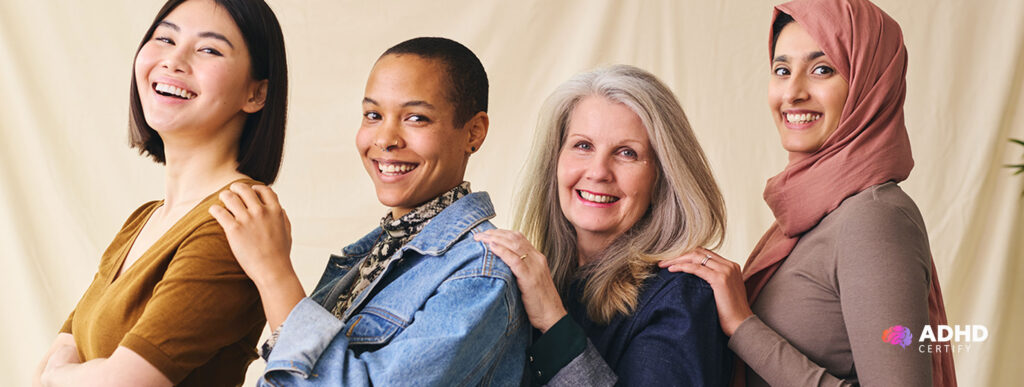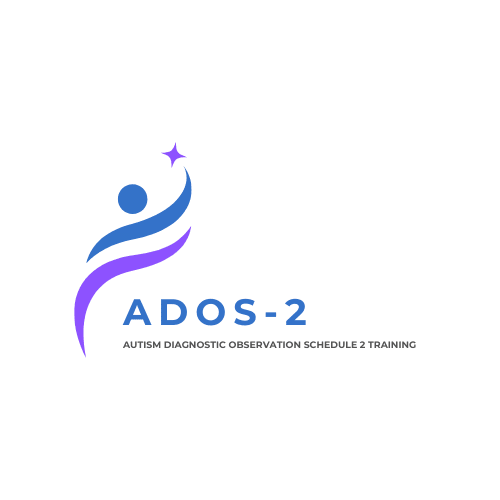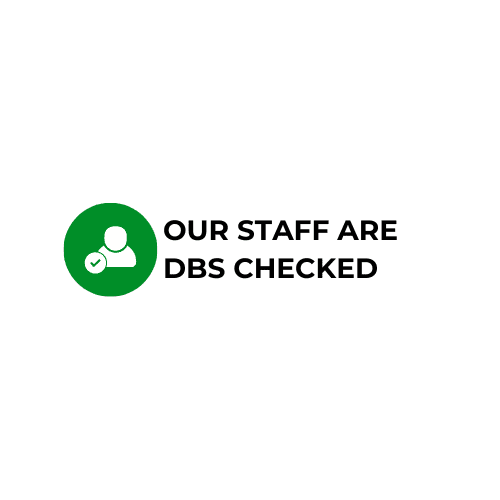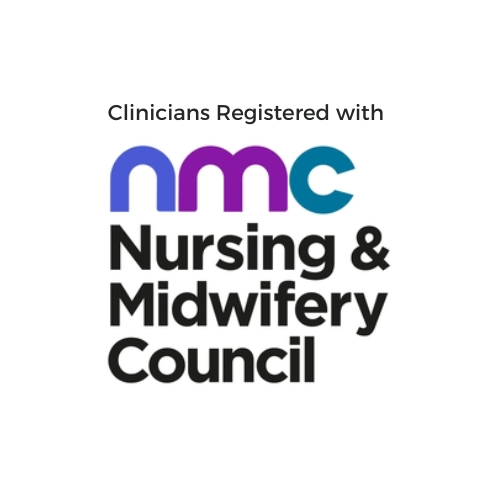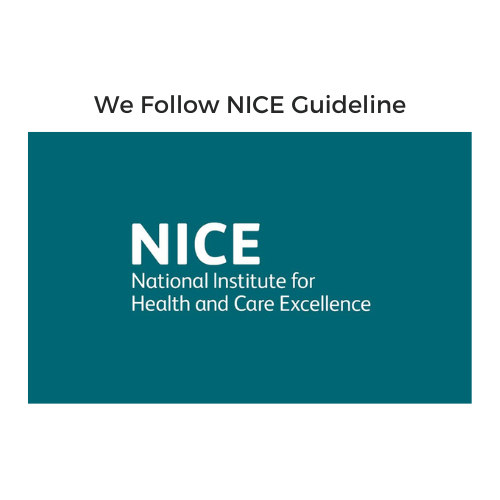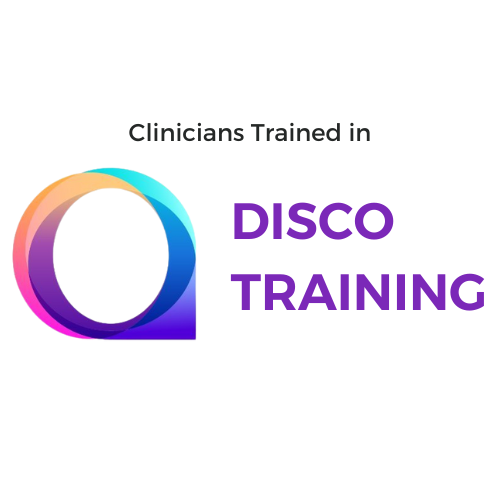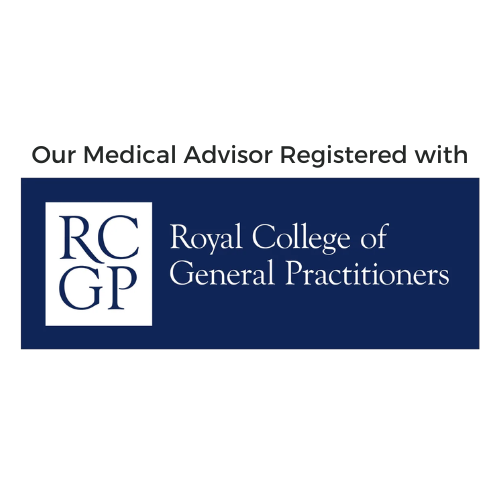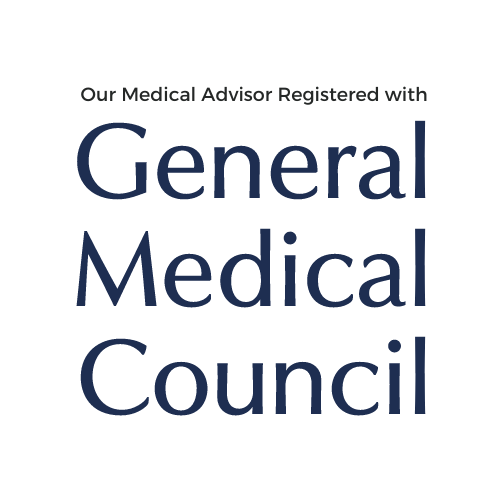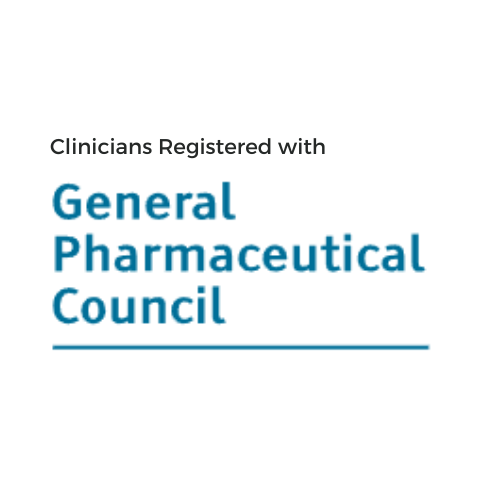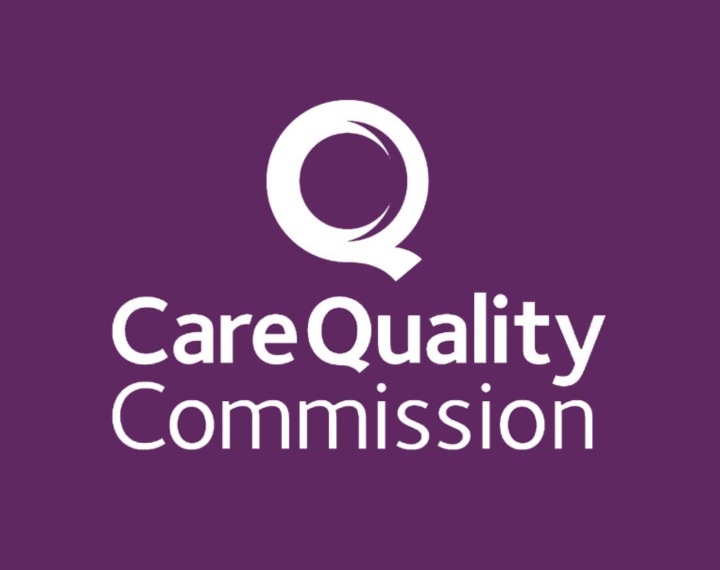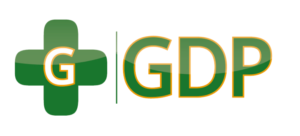ADHD is often associated with hyperactivity, impulsivity, and the stereotype of a fidgety schoolboy who can’t sit still. But what about the quiet girl who drifts off into daydreams? The one who seems forgetful, overwhelmed, or constantly exhausted but does her best to keep up appearances?
ADHD in women frequently goes undiagnosed because it doesn’t always look like the “classic” version seen in boys. Girls are often socialised to mask their symptoms, internalising struggles rather than acting out. Instead of hyperactivity, they may experience chronic overwhelm, difficulty managing responsibilities, or emotional hypersensitivity. Many women don’t realise they have ADHD until adulthood—often when their symptoms start interfering with work, relationships, or daily life.
This guide is here to help. Below, we’ll break down the common signs of ADHD in women and explain how they can show up in everyday life. If you recognise these symptoms in yourself, it might be time to seek an assessment.
Is ADHD Different in Women?
Yes. While ADHD symptoms can affect anyone, they often present differently in women than in men. Many women with ADHD experience inattention, forgetfulness, and emotional sensitivity more prominently than hyperactivity. Because their struggles are less obvious, they are often overlooked or misdiagnosed.
Additionally, hormonal fluctuations—such as those during puberty, pregnancy, and menopause—can intensify ADHD symptoms. Women may find their focus, emotional regulation, and energy levels shifting unpredictably, making it even harder to manage everyday responsibilities.
Understanding how ADHD manifests in women is crucial for proper diagnosis and support. Below is a checklist of common ADHD symptoms in women, along with real-life examples of how they may appear.
Common ADHD Signs and Symptoms in Women
While ADHD can look different from person to person, there are several patterns that show up often in women. These signs of ADHD in women are sometimes mistaken for stress, anxiety, or simply “being disorganised,” which is why many women go years without a diagnosis.
Recognising these ADHD signs in women is the first step toward understanding whether ADHD could be playing a role in your daily challenges.
Common ADHD Signs Woman Might Notice
- Struggling to stay focused on conversations, tasks, or instructions
- Frequently losing track of time or running late
- Forgetting appointments, deadlines, or everyday items like keys and phones
- Feeling mentally restless, even when sitting still
- Becoming easily overwhelmed by clutter, to-do lists, or responsibilities
- Interrupting or oversharing during conversations
- Experiencing strong emotional reactions or mood swings
- Making impulsive decisions with spending, relationships, or commitments
- Periods of hyperfocus where hours pass unnoticed while absorbed in one activity
These signs of ADHD in adult women are not about laziness or lack of willpower, they’re part of how the ADHD brain works. If you see yourself in this list, it may be worth seeking a professional assessment to explore whether ADHD could explain your experiences.
ADHD in Women Symptoms Checklist
1. Difficulty Paying Attention
Sustained attention is one of the biggest challenges for women with ADHD. If something isn’t immediately engaging, it can be nearly impossible to focus on it—no matter how important it is. Women with ADHD might struggle to follow conversations, stay engaged in meetings, or complete tasks without getting distracted.
What it might look like:
- Zoning out during conversations, then realising you missed key details.
- Struggling to follow through on long-term projects or instructions.
- Finding it difficult to focus on boring but necessary tasks like paperwork.
- Frequently asking “What?” because your mind wandered mid-conversation.
- Feeling mentally exhausted after forcing yourself to focus for long periods.

2. Forgetfulness
Forgetfulness is more than just misplacing your phone or forgetting someone’s birthday. It can impact daily responsibilities, social connections, and self-esteem. Women with ADHD often feel like they’re “dropping the ball” because they struggle to keep track of obligations, deadlines, and important tasks.

What it might look like:
- Walking into a room and forgetting why you went in there.
- Misplacing your keys, wallet, or phone multiple times a day.
- Forgetting appointments or deadlines, even if you were just thinking about them.
- Leaving tasks unfinished because you got distracted halfway through.
3. Time Blindness
Time blindness is the inability to judge time accurately. Women with ADHD may constantly run late, struggle with planning, or underestimate how long tasks will take. This can lead to chronic stress, missed opportunities, and feelings of failure.
What it might look like:
- Losing track of time and being consistently late, even with the best intentions.
- Starting a task and getting so absorbed that hours fly by without you realising.
- Underestimating how long it will take to get ready, leading to rushed mornings.
4. Trouble Staying Organised
Executive function difficulties make it challenging to maintain structure and organisation. Women with ADHD often feel overwhelmed by clutter, struggle with planning, and find it difficult to break tasks into manageable steps.
What it might look like:
- Piles of paperwork, laundry, or clutter accumulating because you don’t know where to start.
- Feeling paralysed by to-do lists and struggling to prioritise tasks.
- Creating detailed planners or routines but failing to stick to them.


5. Hyperactivity (Internal & External)
Hyperactivity in women with ADHD may not always look like bouncing off the walls—it can manifest as mental restlessness, fidgeting, or racing thoughts. Many women experience an internal sense of being constantly “on the go.”
What it might look like:
- Feeling mentally restless, even when you’re physically still.
- Talking quickly, interrupting conversations, or oversharing.
- Struggling to relax, even when you’re supposed to be resting.
6. Impulsivity
ADHD affects impulse control, leading to rushed decisions, emotional outbursts, or difficulty thinking before acting. This can impact relationships, finances, and self-esteem.
What it might look like:
- Interrupting conversations or blurting things out without thinking.
- Impulse shopping and regretting purchases later.
- Jumping between jobs, hobbies, or relationships on a whim.
7. Emotional Dysregulation
Women with ADHD often experience emotions intensely, struggling to regulate anger, frustration, or sadness. This can lead to mood swings, anxiety, and difficulty managing stress.
What it might look like:
- Feeling overwhelmed and shutting down when things get too much.
- Crying easily, even over minor frustrations.
- Experiencing intense sensitivity to criticism or rejection.
8. Hyperfocus
ADHD isn’t just about a lack of attention—it’s about inconsistent attention. Women with ADHD can experience hyperfocus, where they become so absorbed in something that they lose track of time and responsibilities.
What it might look like:
- Spending hours researching a new hobby while neglecting important tasks.
- Getting stuck in thought loops, over-analyzing conversations or situations.
9. Hormonal Triggers
Hormonal changes throughout an adult woman’s life, such as those tied to the menstrual cycle, pregnancy, or menopause, can intensify ADHD symptoms. Shifts in oestrogen and progesterone can directly affect mood, focus, and emotional regulation, making ADHD feel more unmanageable at certain times.
What it might look like:
- Feeling more distracted, irritable, or forgetful right before your period
- Struggling with focus and energy during pregnancy or postnatal period
- Experiencing a noticeable increase in ADHD symptoms during menopause
Why ADHD Certify is the Ideal Platform for Women Seeking a Diagnosis
At ADHD Certify, we understand that ADHD in women is often misunderstood or overlooked. That’s why we have a team of experienced clinicians who specialise in diagnosing ADHD in women. Our assessments are designed to look beyond outdated stereotypes and provide an accurate, thorough diagnosis that considers the unique ways ADHD presents in women.
If you’ve ever felt like your struggles were dismissed or misunderstood, we’re here to offer clarity and support. We provide a comprehensive diagnostic process, giving you the validation and answers you deserve.
ADHD in women is real, and for too long, it has gone unnoticed. If you’ve read through this checklist and found yourself nodding along, you’re not alone. Many women go through life thinking they’re just “bad at being an adult” when, in reality, they have ADHD.
The good news? You don’t have to struggle in silence anymore. Understanding your ADHD is the first step toward managing it. Whether it’s through seeking a diagnosis, exploring treatment options, or simply learning more about how your brain works, there is hope.
ADHD isn’t a flaw—it’s just a different way of thinking. With the right support, you can harness your strengths, navigate challenges, and thrive.
What to Do Next?
If you’ve read through this checklist and found yourself nodding along, the next step is simple: take a closer look at your symptoms. A self-check can help you reflect on your experiences and see whether ADHD might be playing a role in your life.
Take the Free ADHD Screening Test
Our free ADHD screening test includes a symptom checklist designed for women. It’s not a formal diagnosis, but it can give you a clearer picture of your patterns and whether seeking a full assessment may help.
Your ADHD journey starts here.
Book an ADHD assessment with ADHD Certify today and take the first step towards understanding your mind.

